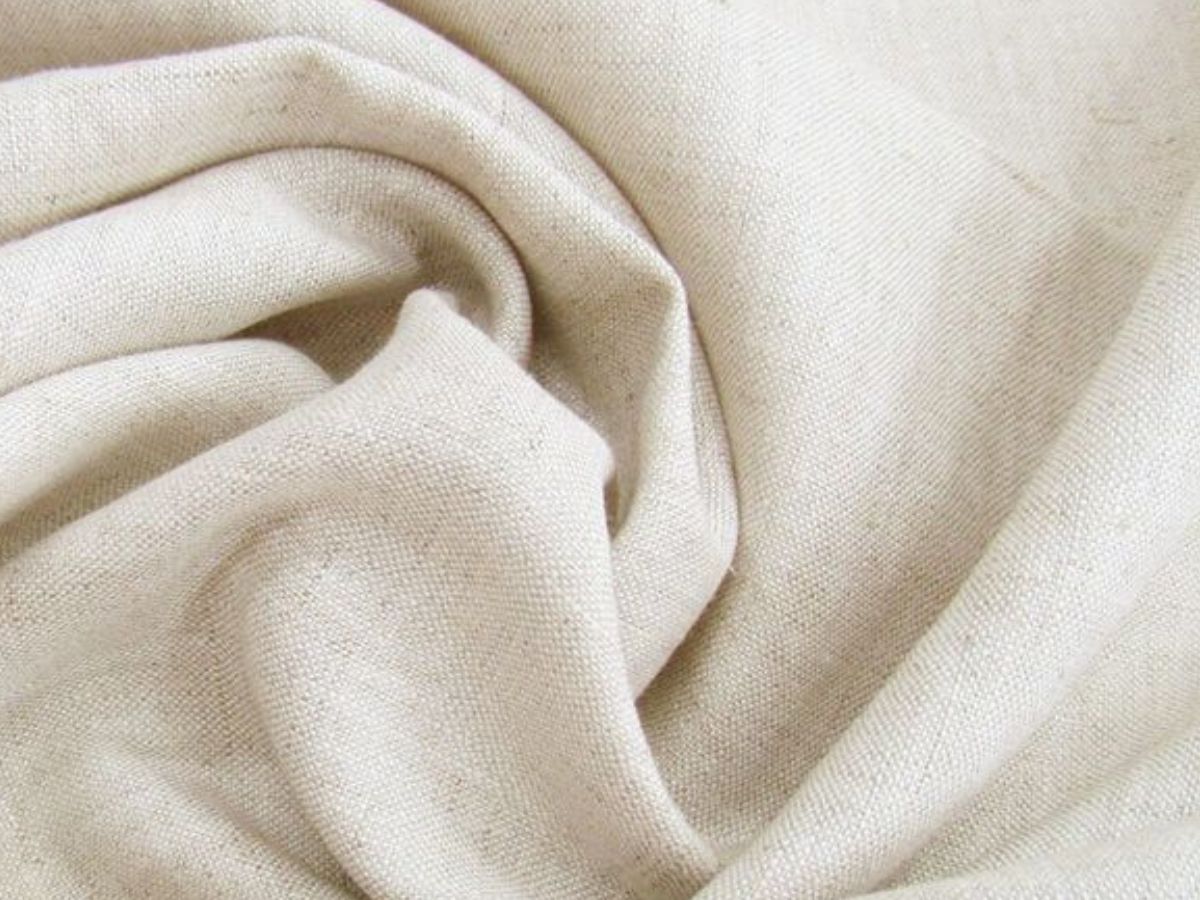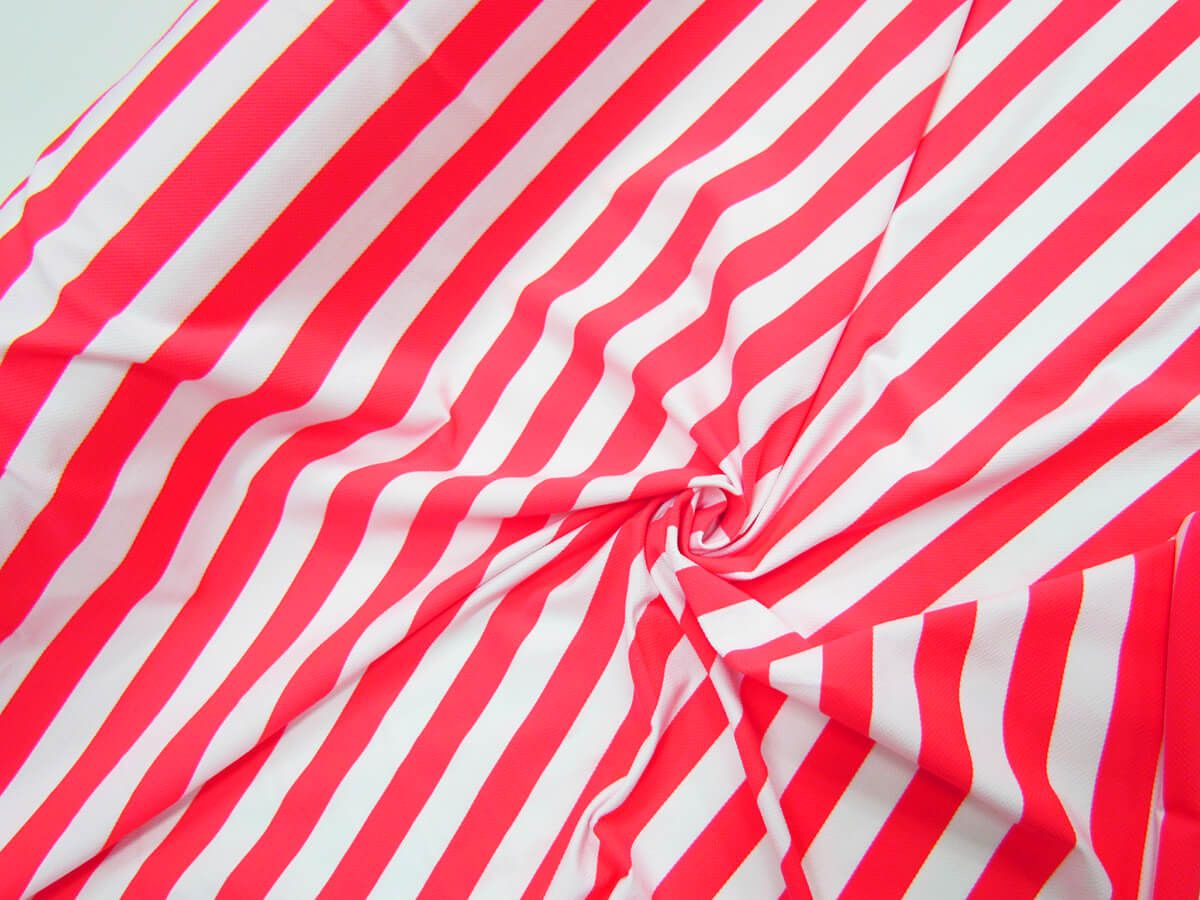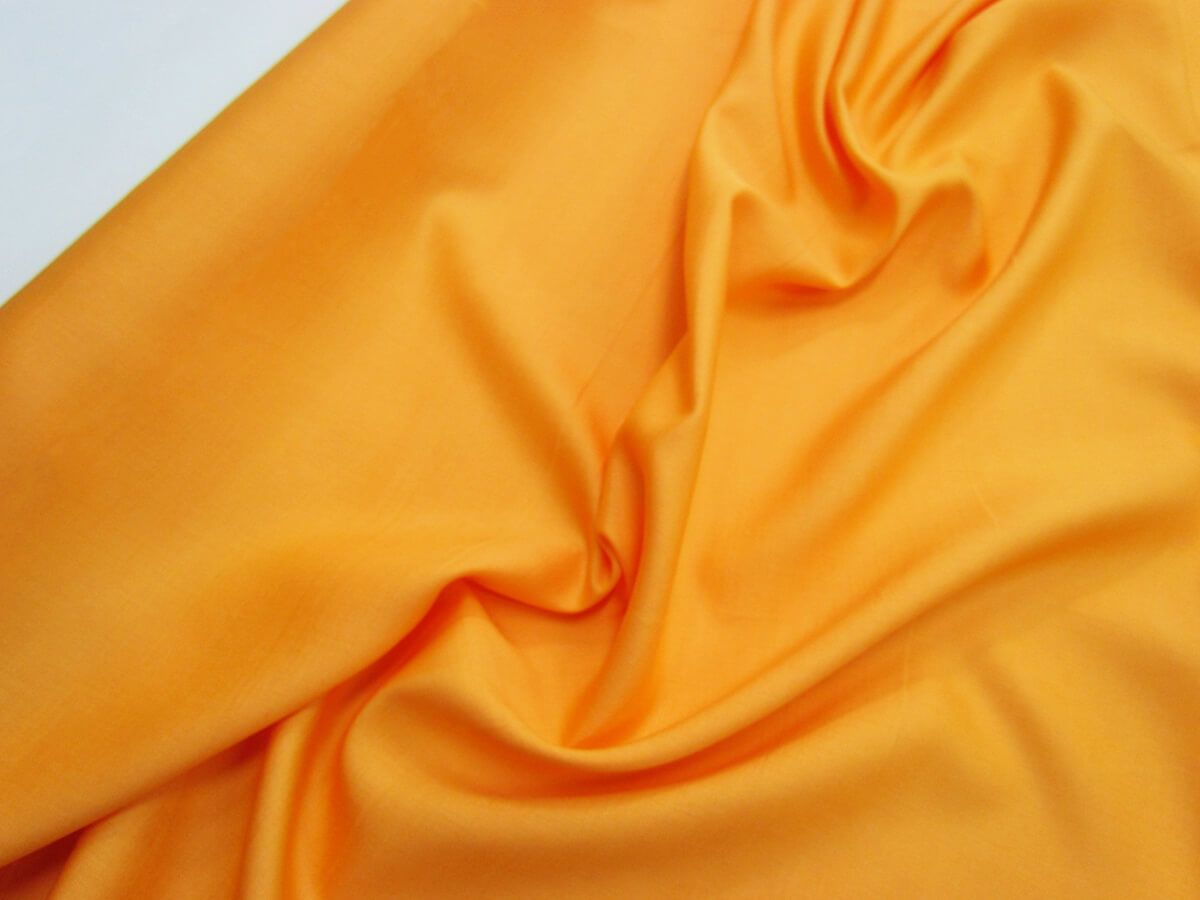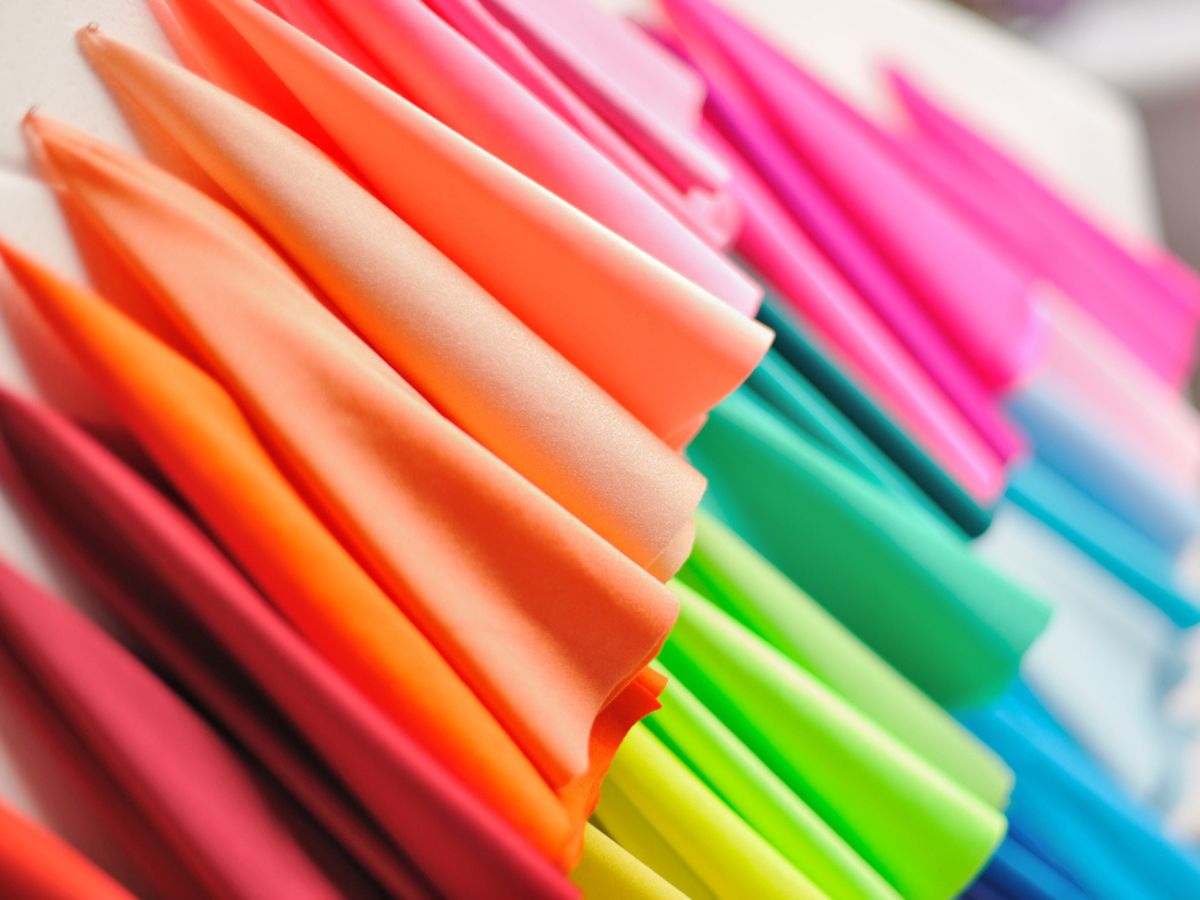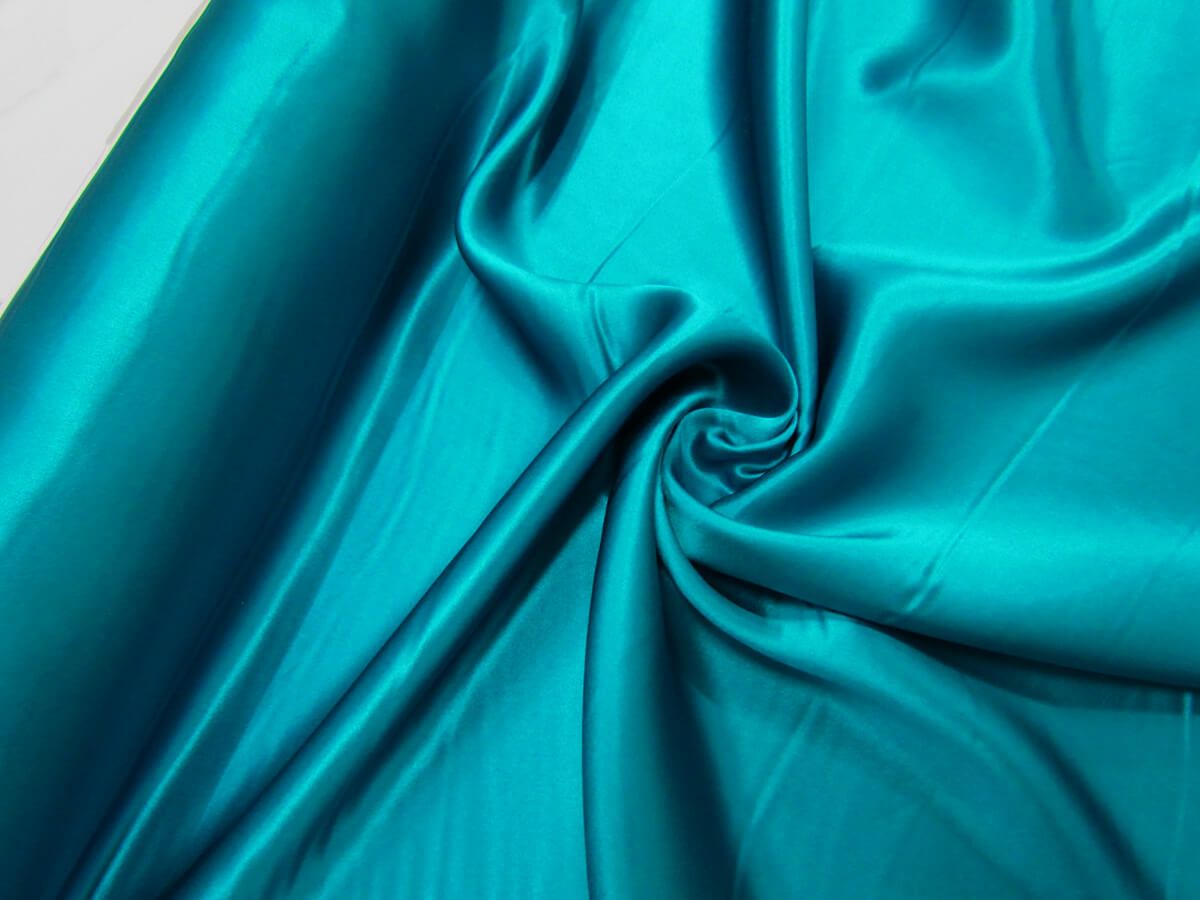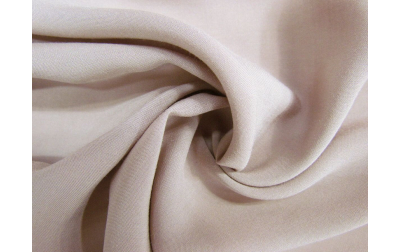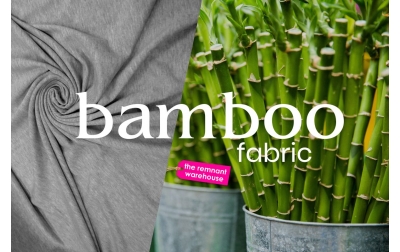-
February 15, 2023
What is Linen fabric
Linen is a type of fabric made from the fibres of the flax plant. It is known for its natural texture and breathable, cool feel, making it a popular choice for summer clothing, bedding, and table linens. Linen is durable and strong, and it becomes softer with each wash.
How is linen fabric made?
The process of making linen fabric can be broken down into the following steps:
-
Growing and harvesting flax: Flax plants are grown and harvested for their fibres.
-
Retting: The harvested flax plants are soaked in water to soften and separate the fibres from the stem. This process is called retting.
-
Breaking: The softened stalks are then mechanically crushed to separate the fibres from the woody stem.
-
Scutching: The fibres are then cleaned and straightened through a process called scutching.
-
-
February 08, 2023
What is Sublimation?
Sublimation is a printing method that uses heat and pressure to transfer dye into a material, producing a permanent, full-color image. The process involves printing a design onto sublimation transfer paper using specialised sublimation ink. The paper is then placed onto the material to be printed and subjected to heat and pressure. During this process, the dye on the transfer paper sublimates, or turns from a solid into a gas, and then re-condenses back into a solid, bonding with the fibres of the material to produce a high-quality, vibrant image. The most common materials used for sublimation printing are fabrics made of polyester and other synthetic fibres.
What fabrics are suitable for sublimation printing?
For sublimation printing, fabrics made of polyester, or a blend of polyester and other synthetic fibers (such as polyester with spandex or elastane), are best suited as they allow the dye to penetrate the fibres, resulting in a long-lasting,
-
February 04, 2023
What is Viscose?
Viscose is type of semi-synthetic cellulose fiber made from natural materials, typically wood pulp, through a chemical process. It has a soft, smooth feel and drapes well, making it a popular choice for clothing and textiles. Viscose can be produced to imitate the look of silk or cotton, which is why it has become such a popular choice for fashion designers at all price points.
The history of viscose
Viscose was invented in the late 19th century. The exact year of its invention is widely considered to be 1891, when British chemist and inventor Charles Frederick Cross, together with English chemist Edward John Bevan and Belgian chemist Claudius-Louis-Leonard Meldola, patented the process for producing viscose fibers.
Why is viscose a popular fashion fabric?
-
Softness and Drapability: Viscose has a soft, smooth feel and drapes well, making it a popular
-
-
February 03, 2023
What is Spandex?
Spandex, also known as elastane, is a synthetic fiber material that is known for its stretchability and elasticity. It is a type of polyurethane that is used in a variety of applications, including clothing, textiles, and industrial products. It is commonly used in athletic wear, swimwear, and other form-fitting clothing due to its ability to stretch and return to its original shape, providing comfort and ease of movement. Spandex fibers are strong and durable, making them resistant to tearing and wear.
Spandex was invented in the late 1950s by DuPont, an American chemical company.
What are the benefits of Spandex?
Spandex, also known as elastane, is widely used in the fashion industry due to several benefits including:
-
Stretchability: Spandex
-
-
February 01, 2023
What is Silk Fabric?
Silk is a natural protein fiber, produced by silkworms to build their cocoons. The fiber is obtained from the cocoons and is spun into a luxurious, soft, and shiny fabric that is widely used for clothing, bedding, and decor items. Silk is known for its drapability, luster, and strength, as well as its ability to regulate body temperature, making it a popular choice for high-end fashion and home textiles.
The History of Silk Fabric
Silk fabric has a long and rich history, dating back to ancient China over 5000 years ago. It is believed to have been discovered by the wife of the Yellow Emperor, Leizu, who discovered the secret of sericulture (silk production) and introduced it to the Chinese imperial court. Silk quickly became a luxury item, valued for its softness, shine, and beauty, and was used

